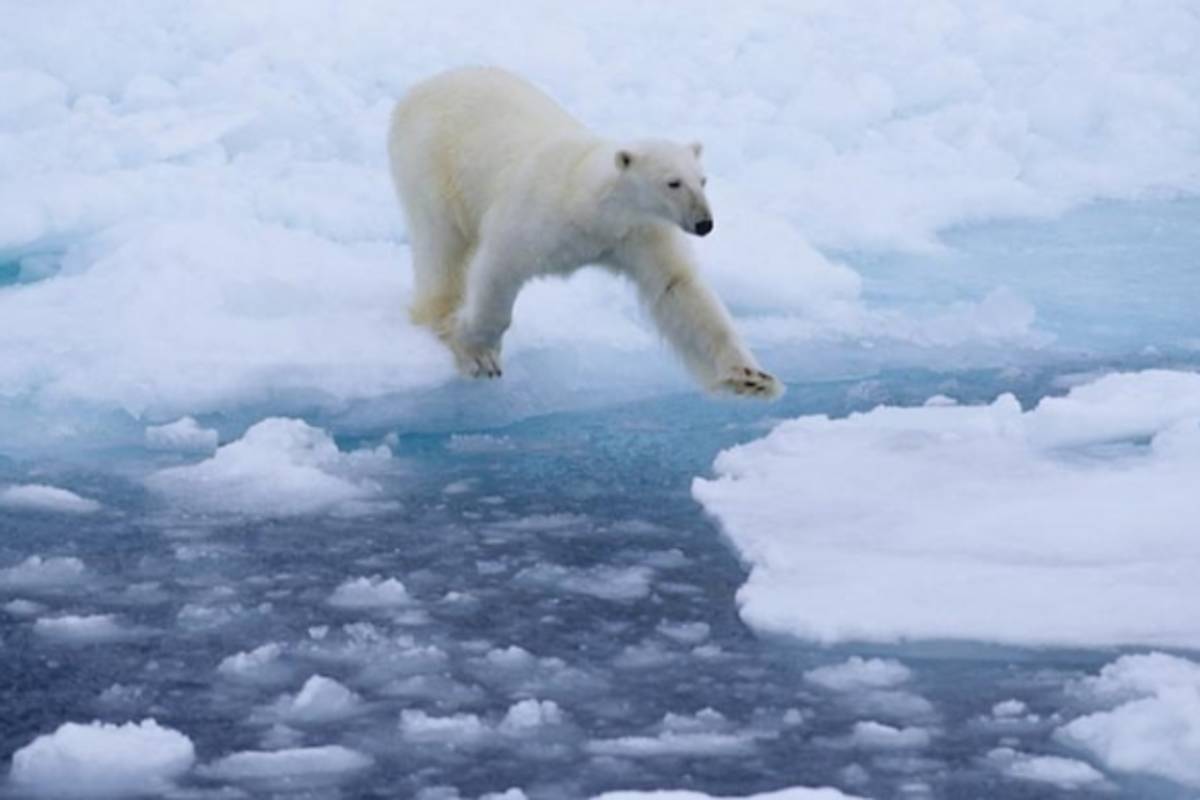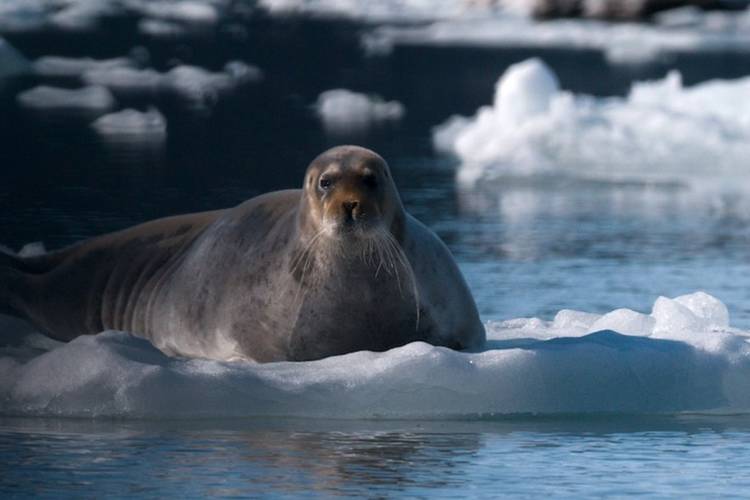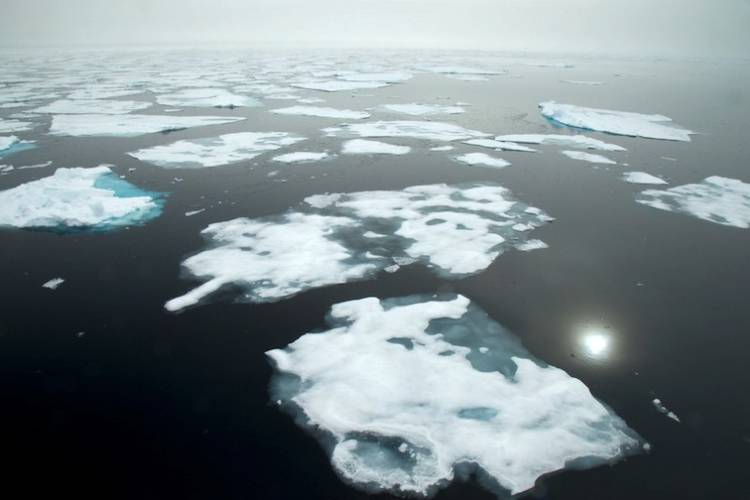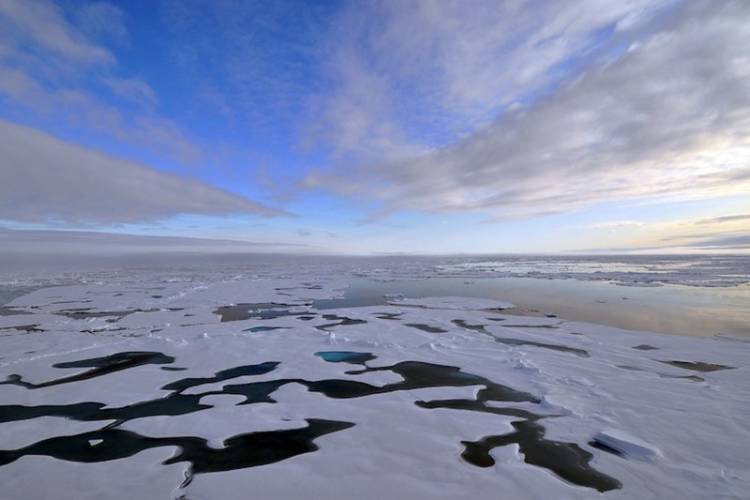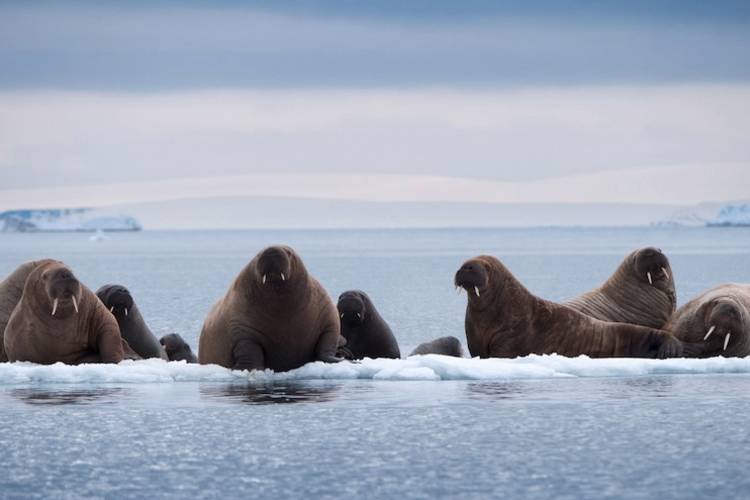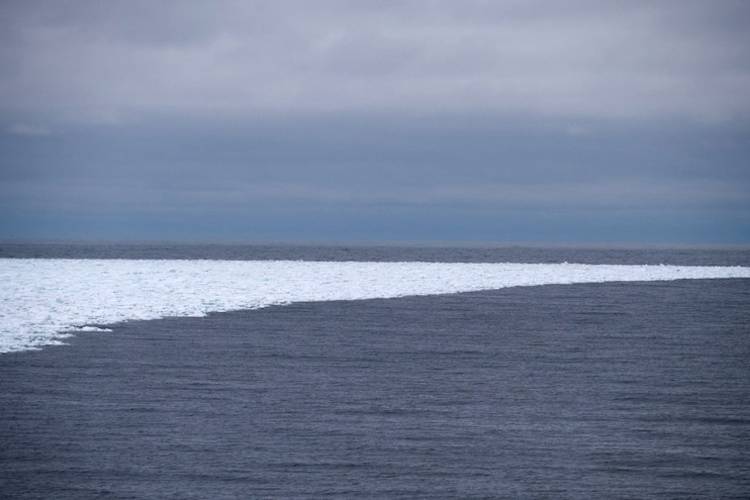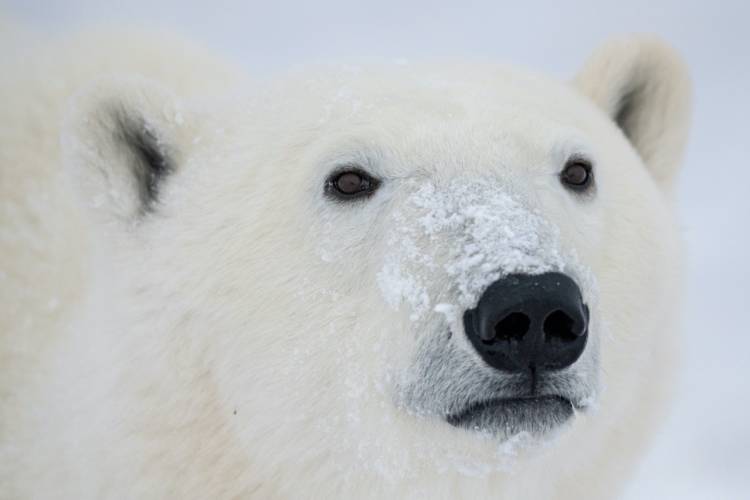Arctic Sea Ice Day is coming soon, July 15th, and once again, we’re drawing attention to this remarkable frozen ocean ecosystem, the ice loss taking place, and how a shift to renewable energy can help reverse that trend.
As part of our countdown to the day, staff scientist Alysa McCall shares nine key facts about Arctic sea ice.
1. Sea ice is to the Arctic ecosystem as soil is to the forest.
When ocean water gets cold enough to freeze it expels its salt, causing channels to form in the ice. Algae grow within these channels and form the base of the food chain. Algae feed the tiny organisms, like zooplankton, that inhabit these waters. Arctic cod feed on them. Seals eat Arctic cod. And polar bears prey on seals.

